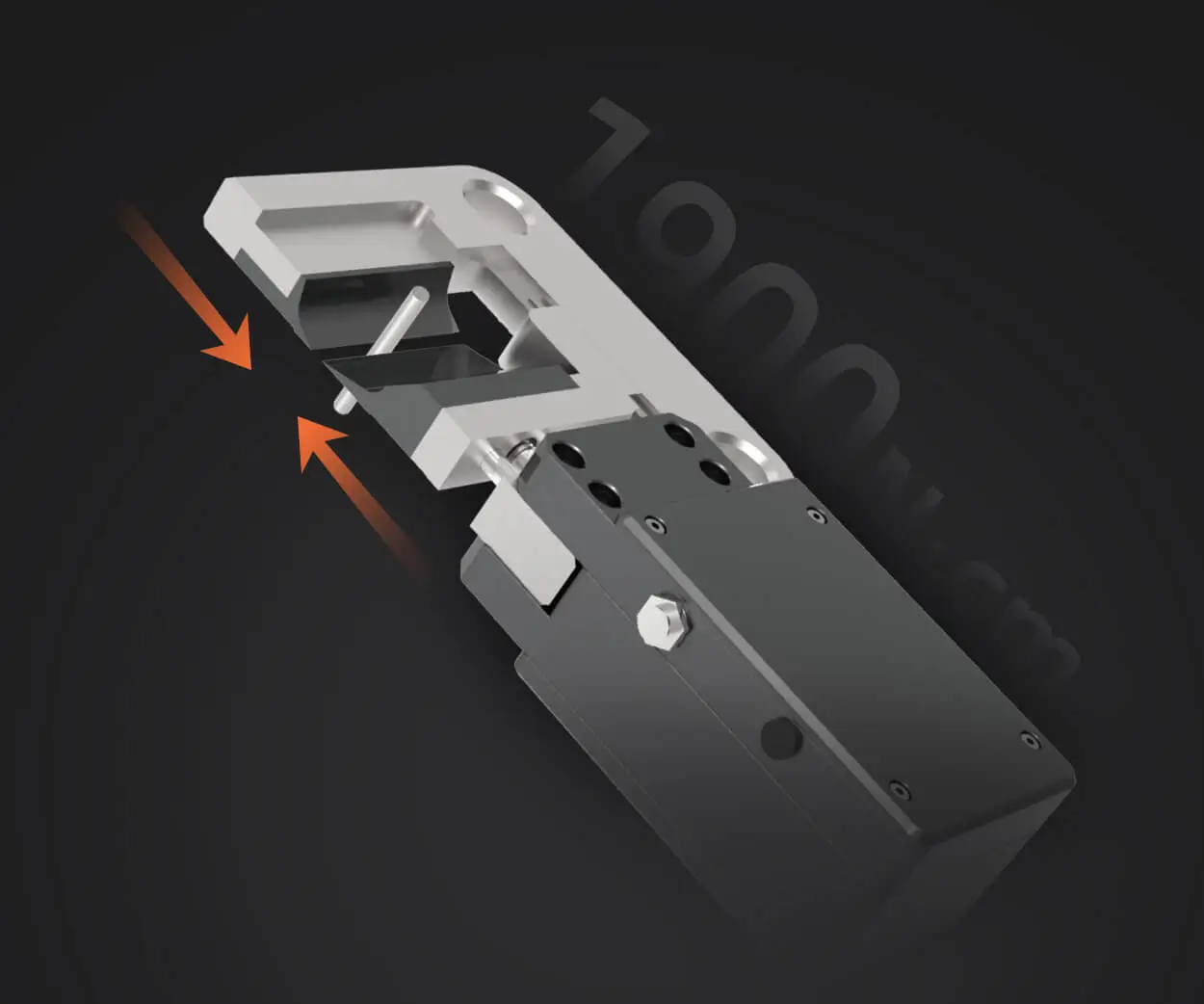In an era where digital transformation accelerates at lightning speed, the ability to access and manage computers remotely has become more than a convenience—it’s a necessity. Whether you're a professional managing multiple client systems, a business owner overseeing operations, or an individual troubleshooting your home setup, remote desktop connection control serves as a bridge that connects users to distant machines with ease and efficiency.

The Evolution of Remote Desktop Technology
Remote desktop technology isn’t a new concept. It dates back to the early days of computer networks, originally designed for IT professionals to troubleshoot systems without being physically present. Over time, it has evolved from simple remote command-line access to sophisticated, user-friendly interfaces that support multimedia, file sharing, and even remote printing.
Today, remote desktop connection control encompasses a wide range of tools—from built-in operating system features like Windows Remote Desktop to advanced third-party solutions such as TeamViewer, AnyDesk, and LogMeIn. These solutions are more than just remote viewing; they enable full control over a system’s resources as if you were sitting right in front of it, blurring the lines between physical and virtual proximity.
Why Remote Desktop Connection Control Matters
Imagine being able to troubleshoot a critical issue on a piece of machinery at a manufacturing plant without leaving your office. Picture managing your home server or accessing work files during a business trip. Now, consider the implications of being able to collaborate with colleagues seamlessly across continents, correcting documents, configuring software, or running updates in real-time.
Remote desktop connection control simplifies these scenarios, offering a range of benefits:
Flexibility and Mobility: Work from anywhere, anytime. Remote connection tools break down geographical barriers and allow you to stay productive regardless of location. Cost Savings: Reduce travel expenses and minimize downtime by resolving issues remotely. Enhanced Support and Collaboration: IT support can resolve problems faster, users can get help promptly, and teams can collaborate more effectively. Business Continuity: During crises like natural disasters or pandemics, remote access ensures operations continue smoothly.
But with great power comes great responsibility—security concerns are paramount. As remote desktop access becomes more integral, protecting these connections from potential threats is essential.
Understanding the Core Components of Remote Desktop Control
To navigate remote desktop control effectively, understanding its core components can be insightful:
Host Machine (Remote Server): The computer being accessed. It needs to be configured to accept remote connections securely. Client Machine (User Device): The device used to connect—could be a laptop, tablet, or smartphone. Connection Protocols: The underlying technology that facilitates secure communication, such as RDP (Remote Desktop Protocol), VNC (Virtual Network Computing), or proprietary protocols. Control Software: Applications that manage the connection, authentication, and data transfer between host and client. Security Layer: Firewalls, encryption, and authentication protocols that shield the connection from unauthorized access.
Choosing the Right Remote Desktop Solution
Picking the right tool depends on your specific needs, technical expertise, and security considerations. Some factors to weigh include:
Ease of Use: Does the software offer an intuitive interface? Security Features: Does it provide end-to-end encryption, two-factor authentication, and session management? Compatibility: Is it compatible with your operating systems and devices? Performance: Are connections stable with minimal lag, especially over varying network conditions? Support and Scalability: Can it accommodate multiple users and scale as your needs grow?
While options abound, it’s crucial to understand that no single solution fits all cases. For personal use, simplicity and affordability might weigh heavily; for enterprise deployment, security and multi-user management are key.
Securing Remote Desktop Connection Control
Because remote access opens potential pathways for malicious actors, security best practices are vital:
Strong Authentication: Use complex passwords and enable two-factor authentication when available. Network Security: Employ VPNs (Virtual Private Networks) to encrypt remote sessions further. Access Control: Limit remote access to trusted IP addresses and users. Regular Updates: Keep remote desktop software and related systems up-to-date to patch vulnerabilities. Monitoring and Logging: Maintain logs of remote sessions and monitor for suspicious activity.
Implementing Effective Remote Desktop Control in Practice
Imagine a scenario where a company has set up a remote desktop system to support its remote workers. The IT department has chosen a solution that balances security with ease of use. Employees connect through a client app, authenticating with multi-factor authentication, and connect to a virtual desktop that mimics their work environment.
To keep everything running smoothly:
They establish clear policies about who can access what and when. Regular audits are conducted to review access logs. Employees are trained to recognize phishing attempts and secure their login credentials. All remote access sessions are encrypted to prevent eavesdropping.
This setup exemplifies how proper control and security can turn remote desktop connection control into a robust backbone for remote work.
Ready for the second part? In it, we’ll explore advanced tips for optimizing remote desktop control, discuss the future of remote access technology, and share insights into how organizations can leverage these tools to stay ahead in a rapidly changing digital landscape.
Established in 2005, Kpower has been dedicated to a professional compact motion unit manufacturer, headquartered in Dongguan, Guangdong Province, China.




































